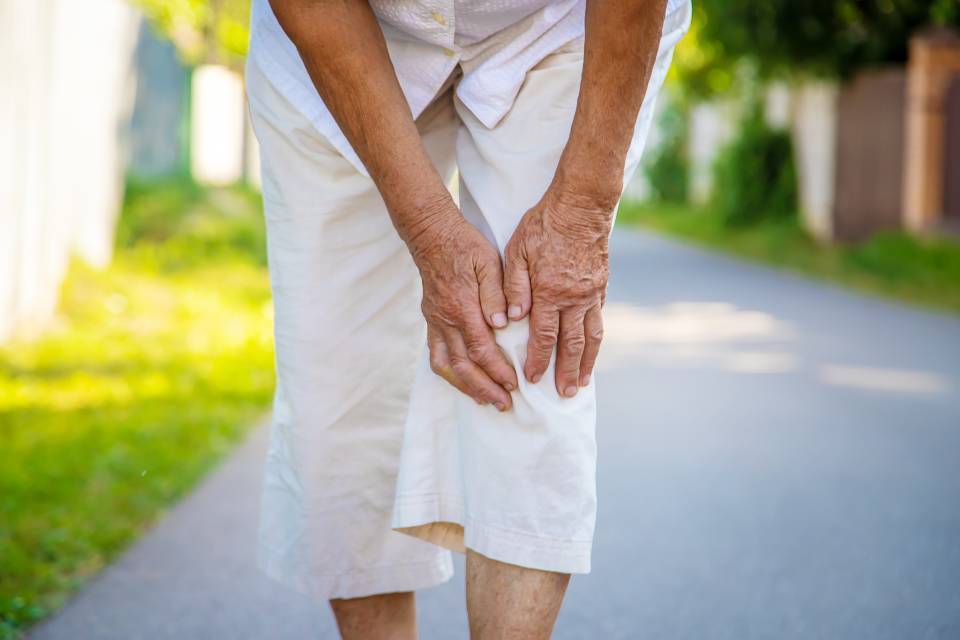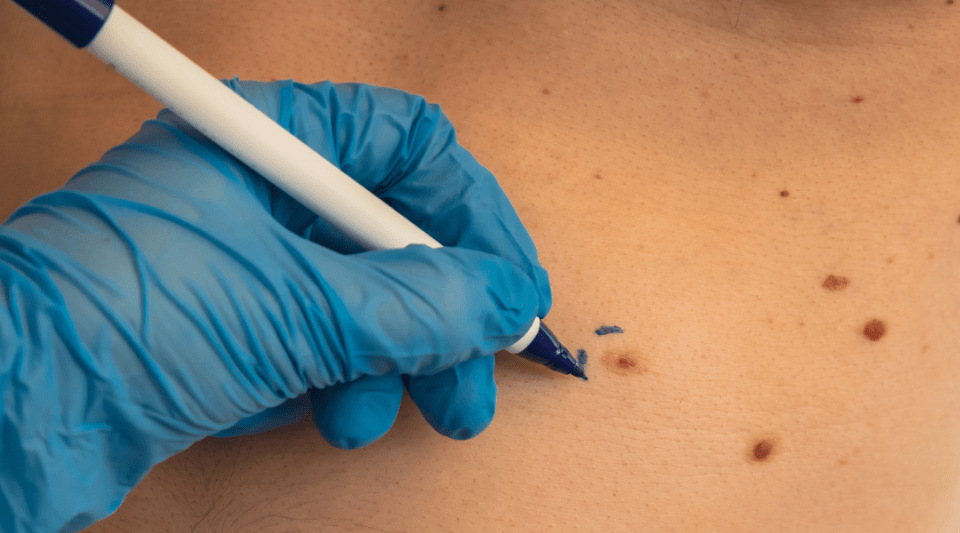Osteoarthritis is a disease that affects the joints, making mobility difficult, causing joint pain and stiffness. It is caused by the wear of the cartilage that covers the joints, first it becomes fragile and brittle, then it thins and finally disappears. The cartilage particles that are degrading cause inflammation and pain. In addition, the bone increases its density, widens its base of support and grows at the ends. The diagnostic test is radiography, in which it is observed that the joint space is smaller and no cartilage can be seen. The main causes are:
- Ageing: at age 75, 80% of the population has some sign of osteoarthritis.
- Obesity: there is more stress on the joints, especially the knee and hip.
- Excessive use of the joint: e.g., soccer professionals can suffer from knee osteoarthritis.
- Genetics: for example, people who are bow-legged are more likely to develop knee osteoarthritis, due to the abnormal distribution of the load on the joint.
- Other diseases: Arthritis can damage the cartilage and cause osteoarthritis.
Physical exercise is the basis of the non-pharmacological treatment of osteoarthritis. It is recommended to exercise for 30 minutes a day, 5 times a week. Muscle-strengthening exercises protect the joints; for example, by strengthening the quadriceps and hamstring muscles to protect the knees. Following the exercise guidelines directed by the physiotherapist is also part of the treatment; performing specific exercises for each affected joint and applying cold or heat to the area of pain.
Patients with osteoarthritis should take the following into account:
- Avoid staying in the same position for a long time.
- Do not lift excessive weights.
- Sleep on a flat bed and do not sit on sunken armchairs or sofas.
- Do not walk on uneven terrain.
- Take the lift instead of the stairs.
- Wear thick-soled shoes or insoles.
- Use a walking stick if necessary and do not force the joints.
Pharmacological treatment is based on analgesics, such as paracetamol; anti-inflammatories, such as ibuprofen; chondroprotectors (substances that can help reduce pain); and infiltrations. In most cases, glucocorticoids, derivatives of cortisone, are infiltrated, and more recently hyaluronic acid is also being used. Infiltrations must be performed in a timely manner, and in very advanced osteoarthritis it is no longer a viable option, so surgery must be resorted to.
Surgery to insert a prosthesis is normally performed in the hip and knee areas, but now they are also used for the ankle, shoulder and wrist. These prostheses made up of a metallic and plastic component usually last between 15 and 20 years; after which they must be changed. Patients with osteoarthritis who wear a prosthesis can lead a normal life and even return to activities they could not perform before. Surgeries are becoming less invasive and require less recovery time.
Research is aimed at developing therapies with stem cells or other substances such as platelet-rich plasma with the idea of rejuvenating the joint and slowing down the progression of the disease.






